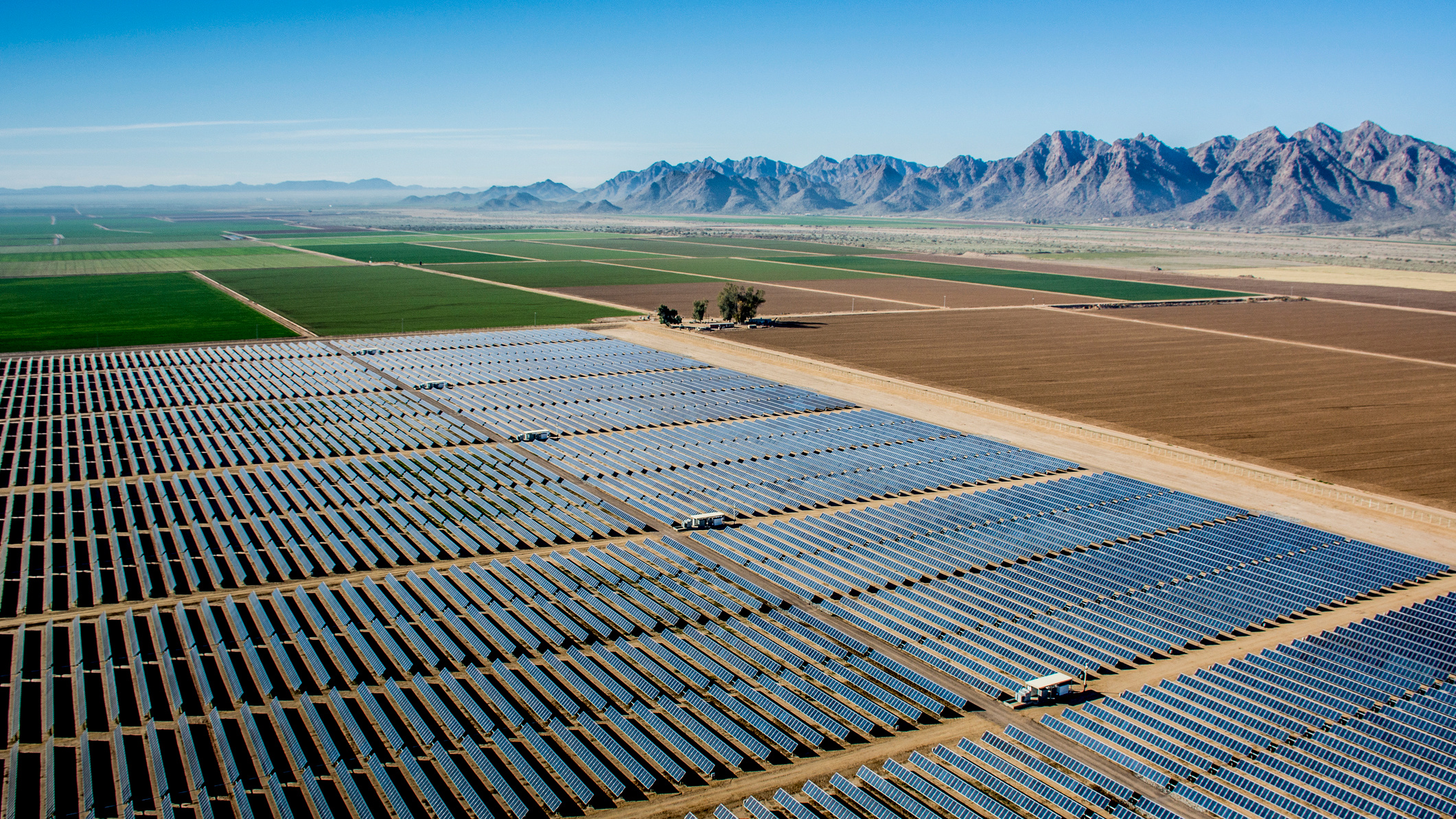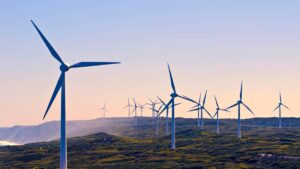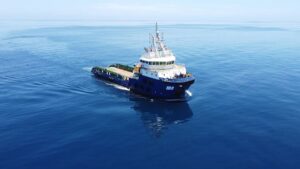Green Energy: Commodity prices could halt falling cost of solar PV, but only for now

Picture: Steve Proehl/The Image Bank via Getty Images.
Soaring commodity prices and freight costs could stall the near exponential decline in solar PV costs that have super powered the shift to renewables in the western world in 2021, according to Wood Mackenzie.
But they are projected to fall again as a commodities super cycle and global shipping and port congestion crisis unwind.
Building renewable energy generation is now cheaper than new build coal in most major markets, with a decade long fall in prices coming off the back of increased economies of scale and technological advancements in large-scale and rooftop solar.
WoodMac says for the first time in over a decade, average PV system prices in the US for residential and commercial PV rooftop projects will increase year-over-year in 2021.
Soaring costs for steel, aluminium and other materials all contributed to a 15% increase in solar module costs in the June quarter.
Utility scale solar, most of it earmarked for completion next year, has been particularly exposed to rising US steel prices, given the volume of steel used in the construction process.
“Utility-scale PV projects will be hit especially hard by steel price increases, given the magnitude of such projects, however the C&I and residential solar segments will still see some impact,” WoodMac Global Solar PV research analyst Kelsey Goss said.
“Average solar module prices increased in Q2 2021 by 15% from Q1 as a result of increased polysilicon, aluminium, glass, and freight costs for shipments to the US.”
“Freight costs have also heavily impacted tracker prices, DDP to the US, especially for products that are imported rather than sourced locally.”
Average residential system prices are projected to increase 1% year on year in 2021, with commercial scale rooftop solar expected to average a 3% increase year on year.
However, Goss still sees prices falling again from 2022 out to 2026 to record low levels in terms of dollars per watt as the rate of solar construction increases further.
Neoen seeks federal approval for SA mega project
Global renewable energy giant Neoen already has State approvals for its Goyder South wind, solar and battery project.
At 1,800MW of wind and solar generation and up to 900MW of battery storage, the development was the largest in the country to receive planning approval when the South Australian Government signed off on the project in March.
The $3 billion mega project would be built in stages at Worlds End, about 18km south of the small town of Burra and be located along the path of the new SA-NSW interconnector.
It is an important step towards the start of work on the first 400MW stage of the development, which is expected create 300 construction jobs when work begins in the second half of 2022.
Referrals have also been submitted for the second stage of the wind farm and a 900MW/1800MWh battery that would be connected into the existing Robertstown substation.
Neoen plans to construct up to five stages consisting of ~400MW of wind, ~200MW of solar and ~300MW of battery storage at its Goyder South and Goyder North projects.
Each stage would be larger individually than the biggest renewable generator in the country when the project was first proposed two years ago, helping the SA Government reach its target of 100% net renewables in its energy system by 2030.
Related Topics
UNLOCK INSIGHTS
Discover the untold stories of emerging ASX stocks.
Daily news and expert analysis, it's free to subscribe.
By proceeding, you confirm you understand that we handle personal information in accordance with our Privacy Policy.








